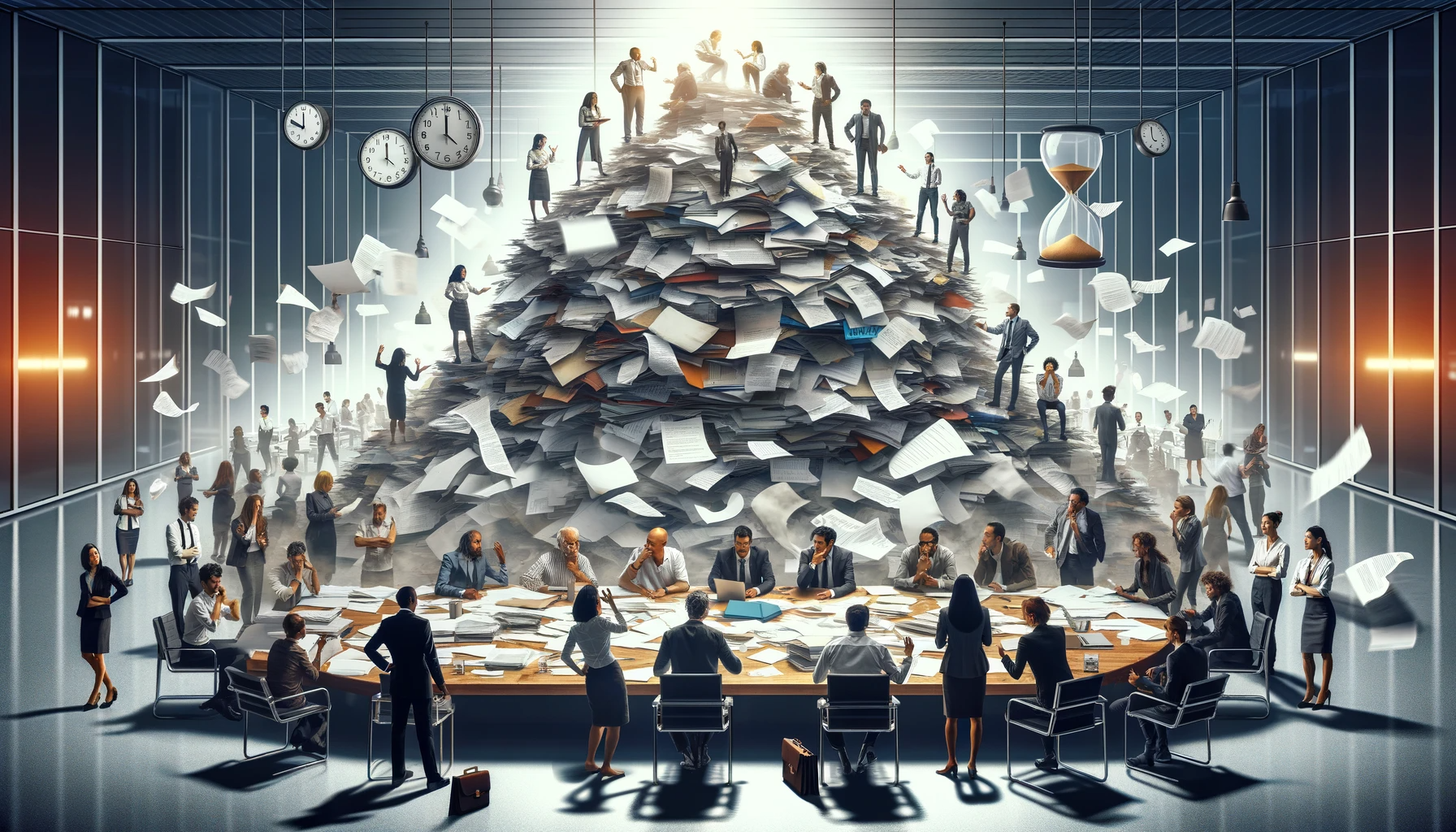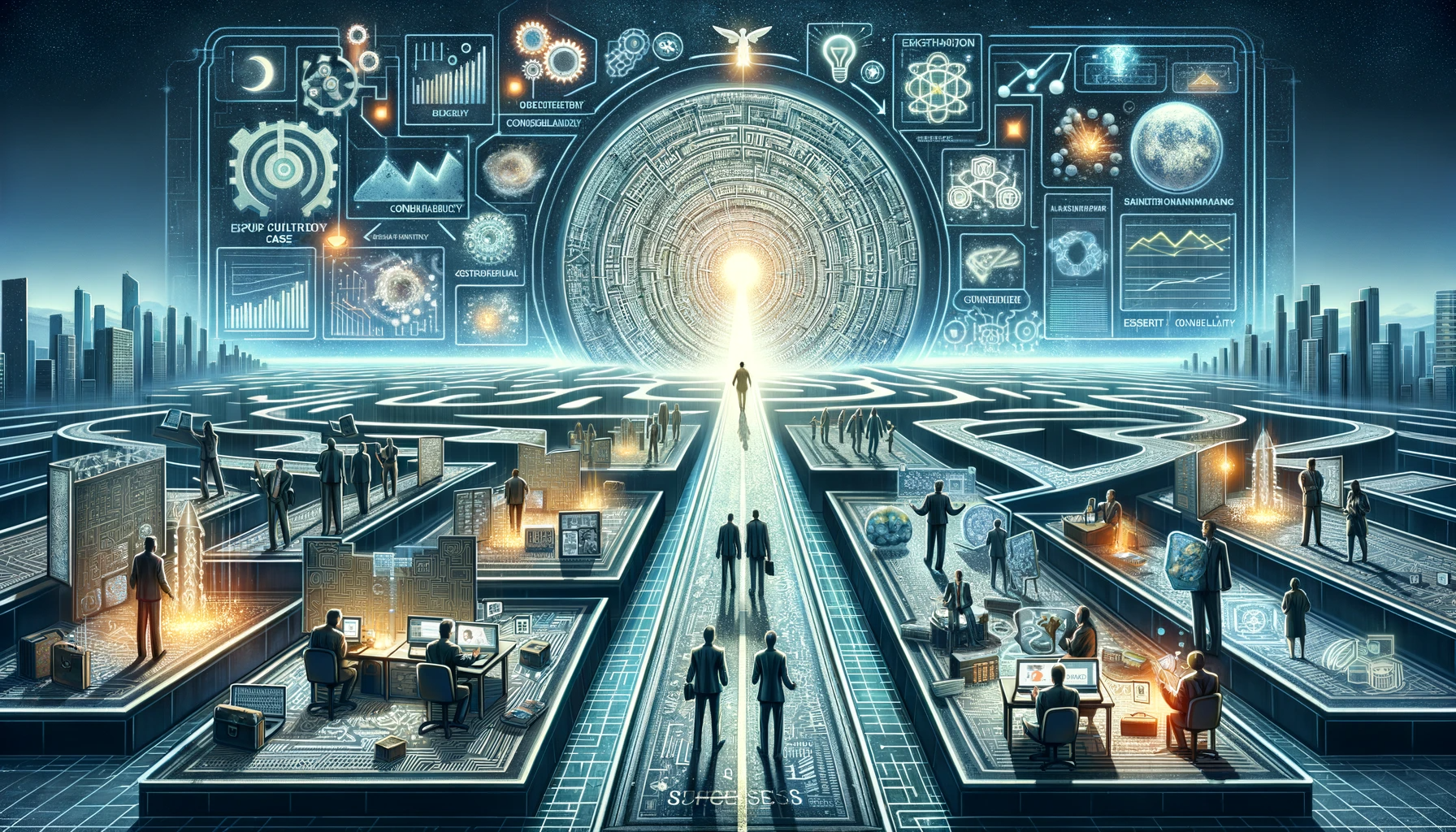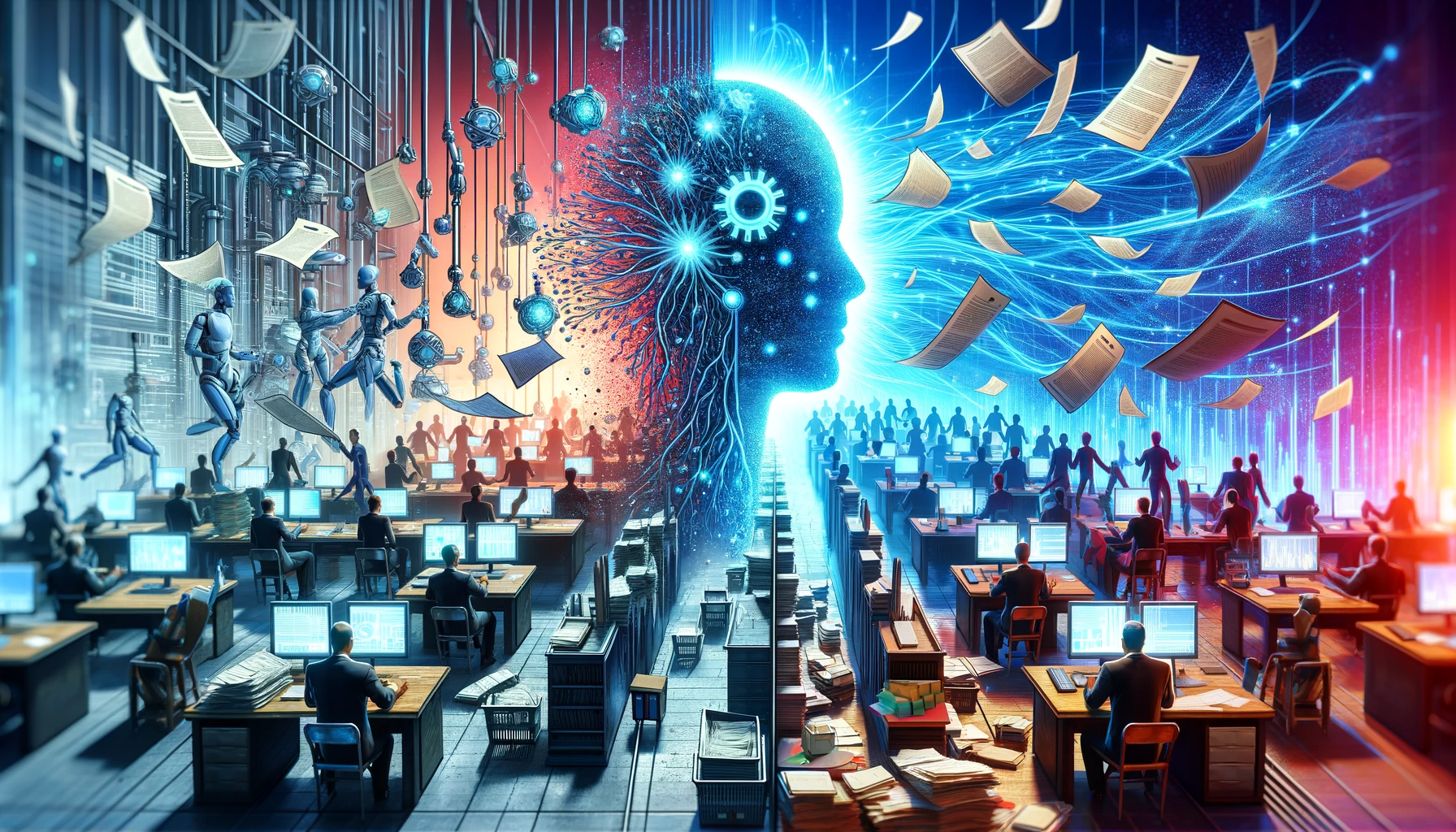The Road to Success: The Necessity of Applicant Training and Detailed Templates
Introduction Securing funding through competitive programs like the European Innovation Council’s (EIC) Accelerator is a challenging endeavor that often requires more than just a groundbreaking innovation. Applicants, particularly startups and Small- and Medium-Sized Enterprises (SMEs), need robust training programs and more detailed templates to enhance their chances of success. This article explores the need for comprehensive applicant training and the importance of detailed grant templates in the journey towards securing funding. The Complexity of Grant Applications Applying for grants, especially for significant funding like the EIC Accelerator’s €17.5 million in total financing, is a complex process. It involves understanding the intricacies of the grant program, effectively communicating the innovation’s potential, and navigating the extensive requirements laid out in the application template. For many applicants, especially those new to the process, the journey can be daunting without proper guidance and tools. The Need for Robust Applicant Training To bridge the gap between innovation potential and successful funding, applicants require specialized training programs. These programs should aim to educate them on the nuances of the application process, including understanding evaluative criteria, crafting a compelling narrative, and presenting a clear and concise business strategy. Training can come in various forms, such as workshops, webinars, or one-on-one coaching sessions, and should be designed to equip applicants with the skills necessary to create a competitive application. The Role of More Detailed Templates While a structured template is crucial for maintaining consistency and fairness in the evaluation process, its effectiveness is often contingent on the level of detail and guidance it provides. Detailed templates that offer clear instructions, examples, and targeted questions can significantly aid applicants in presenting their innovation and business case effectively. These enhanced templates act as a guide, reducing ambiguities and helping applicants focus on articulating the most crucial and impactful aspects of their project. Expert Guidance: The Key to Navigating the Process The complexities of the grant application process underscore the importance of expert guidance. Professional writers, consultants, and freelancers with experience in the EU grant application landscape become invaluable resources. They can help interpret the nuances of detailed templates, provide strategic advice on addressing evaluative criteria, and refine the overall narrative of the application. Their expertise can dramatically increase the likelihood of a successful application. Conclusion The journey to securing competitive funding is multifaceted, requiring more than just an innovative idea. It demands a deep understanding of the application process, a well-crafted proposal, and the ability to articulate a clear vision for the future. Robust applicant training programs and more detailed grant templates are essential tools in this journey, equipping applicants with the knowledge and resources needed to succeed. Coupled with expert guidance, these tools can pave the way for more startups and SMEs to transform their innovative ideas into funded projects, driving forward the cycle of innovation and progress. As the landscape of grant funding continues to evolve, so too must the support mechanisms in place, ensuring that all promising innovations have a fair shot at success.











